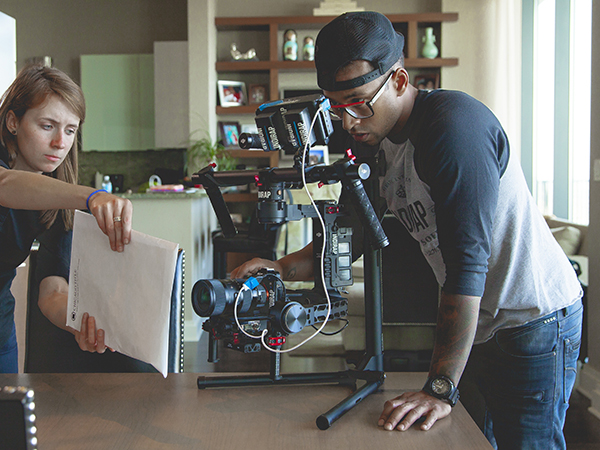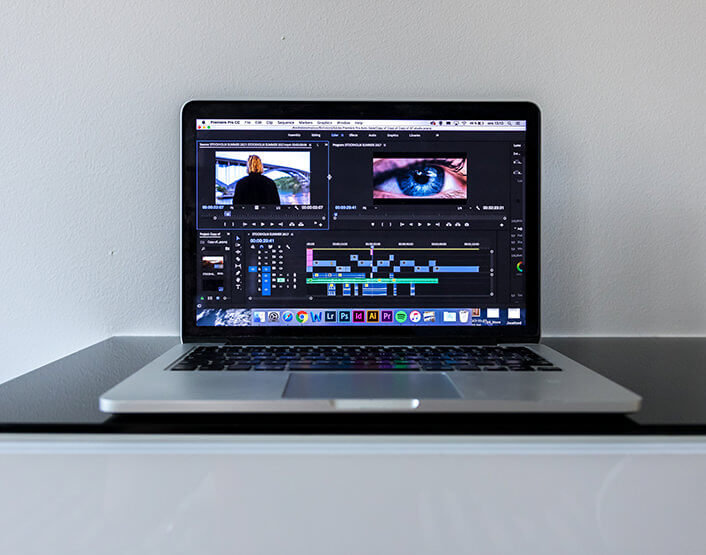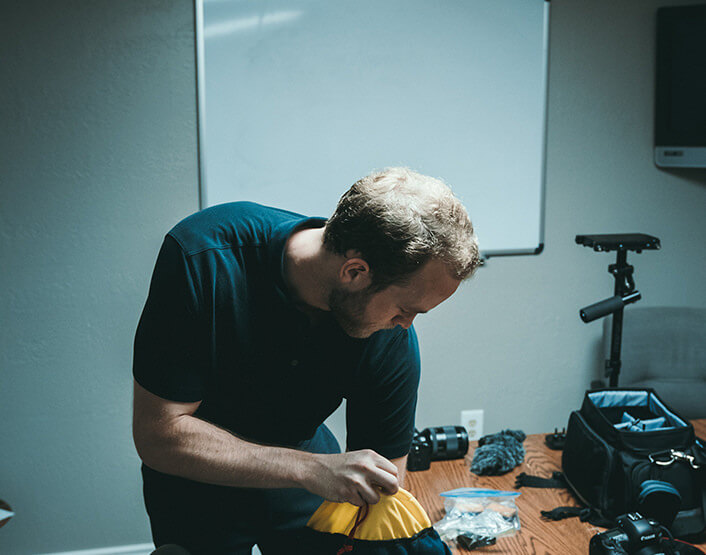If you’re finally thinking of creating a video production for your small business and uploading that video on your social media site, you are on the right track. Studies and surveys have already found out the benefits of using videos on social media. In fact, videos thrive on social media platforms like Facebook, Twitter, and Instagram. They are viewed more times there than if they are uploaded on a company’s main website.
A study by HubSpot said that videos are twice more memorable than text content and 1.2 times more memorable than static images. In 2006, Facebook predicted that the platform will be all video and no text in five years.
Two years since then, we are slowly seeing this prediction come true. There have been more videos on Facebook in the past couple of years since we have seen during its first few years of inception.
When it comes to marketing, companies have the notion that they have to spend a fortune in order to produce a video production. They hesitate to start investing in videos for their products and services because they don’t want to spend more money than they think they should.
Know your platforms
Social media platforms are different from each other. The type of content you will upload on these platforms should differ from each other because of the culture, the technical requirements, and the audience. Successful execution of a social media strategy involves a thorough understanding of the difference among these platforms.
Facebook requires longer, documentary-like videos that tell a story such as a short film. Twitter likes straight-to-the-point messages such as GIFs and animations. Instagram publishes inspirational values and eye-catching clips such as short videos.
You don’t have to choose between these platforms. You can upload different video content for different platforms. All you have to do is create at least three types of video content for Facebook, Twitter, and Instagram.
You don’t even need to spend that much. All it takes is just one day of the video shoot and then use the clips from there to create your documentaries, short clips, animations, and GIFs.
Understand the technical requirements
Twitter, for example, requires videoes to not exceed 15MB, must have a 1:1 aspect ratio, and a frame rate of 40fps or less. On Facebook, the ideal dimensions for a video are 720p and the frame rate is 30fps or less. Each platform encourages you to follow and comply with specific rules.
A professional video production company knows how to handle and manage these requirements. Setting up these parameters manually is the last thing you should worry about. You only need to worry about the value of the content you are creating.
The technical specifications should be handled by a professional who understands these things. There are also a lot of free software programs out there that have a robust toolset to create stunning clips. Then, you can use that toolset also to export the videos to pre-configured profiles for Twitter, Facebook, Instagram, Vimeo, and YouTube.






